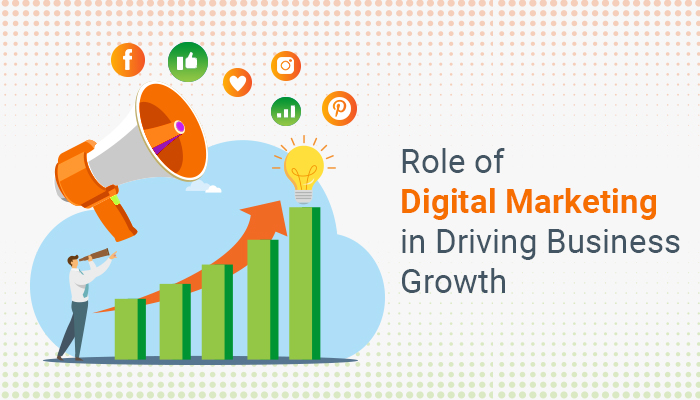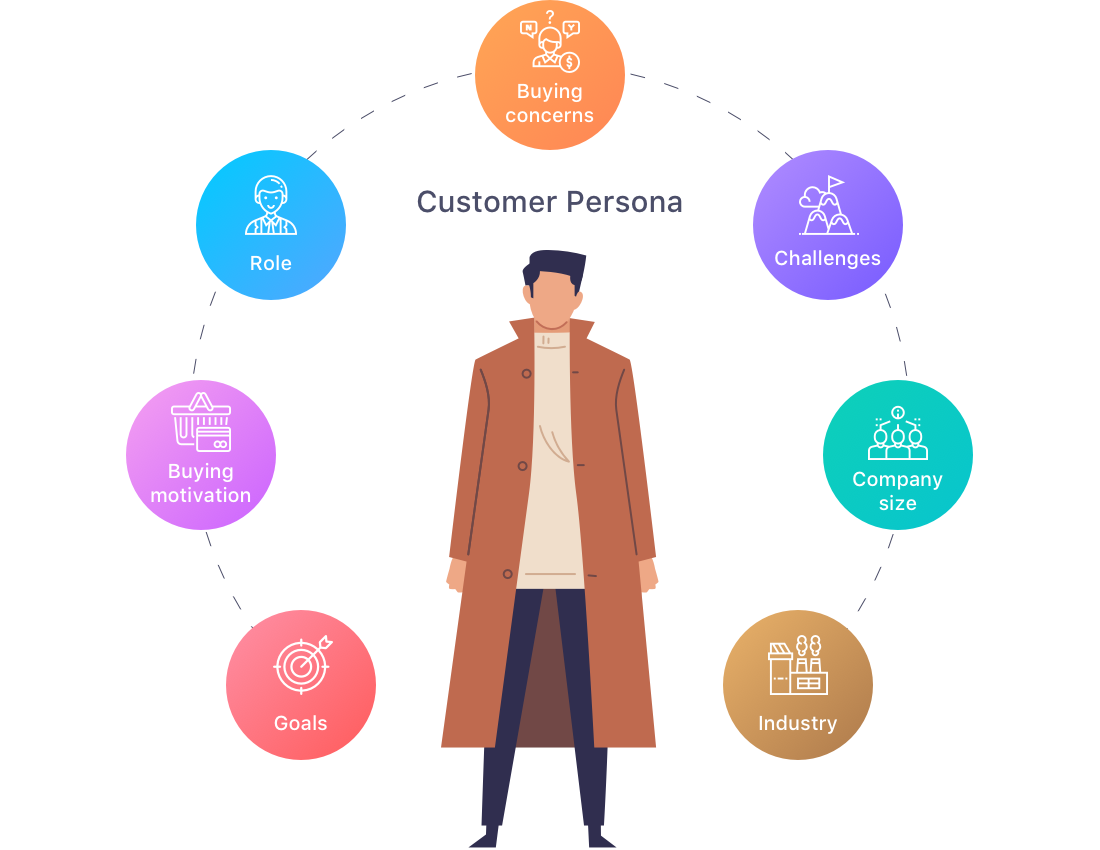Looking to take your marketing efforts to new heights? Look no further than this ultimate guide. Packed with expert tips and tricks, this comprehensive resource will equip you with the knowledge and strategies needed to boost your marketing game.
In today's digital world, marketing is more important than ever. Whether you're a small business owner or a marketing professional, staying ahead of the curve is essential to drive traffic, attract new customers, and increase revenue. But with so many strategies and tactics out there, it can be overwhelming to know where to start.
That's where this guide comes in. Written by industry experts, it offers practical advice on various marketing channels, including social media, content marketing, email marketing, and SEO. You'll discover proven techniques to optimize your website for search engines, create compelling content that resonates with your audience, and leverage social media to reach a wider audience.
Get ready to supercharge your marketing efforts and achieve outstanding results. Whether you're a novice or a seasoned pro, this ultimate guide will elevate your marketing game and help you stay ahead of the competition.
 Marketing plays a crucial role in driving business growth. It's the process of promoting and selling products or services to customers. Effective marketing not only helps generate leads and conversions but also builds brand awareness and loyalty.
Marketing allows businesses to communicate their value proposition to the target audience. By identifying customer needs and wants, businesses can tailor their offerings and messaging to resonate with potential customers. This creates a competitive advantage and positions the business as a solution provider in the market.
Furthermore, marketing helps businesses stay relevant in a competitive landscape. With the ever-changing market dynamics and consumer preferences, businesses need to continuously adapt their marketing strategies to meet customer demands and stay ahead of the competition.
Overall, marketing is an essential component of any successful business. It drives growth, builds brand awareness, and helps businesses establish a strong market presence.
Marketing plays a crucial role in driving business growth. It's the process of promoting and selling products or services to customers. Effective marketing not only helps generate leads and conversions but also builds brand awareness and loyalty.
Marketing allows businesses to communicate their value proposition to the target audience. By identifying customer needs and wants, businesses can tailor their offerings and messaging to resonate with potential customers. This creates a competitive advantage and positions the business as a solution provider in the market.
Furthermore, marketing helps businesses stay relevant in a competitive landscape. With the ever-changing market dynamics and consumer preferences, businesses need to continuously adapt their marketing strategies to meet customer demands and stay ahead of the competition.
Overall, marketing is an essential component of any successful business. It drives growth, builds brand awareness, and helps businesses establish a strong market presence.
 Marketing plays a vital role in driving business growth. It helps businesses reach their target audience, generate leads, and convert them into customers. Here are some key ways marketing contributes to business growth:
Marketing plays a vital role in driving business growth. It helps businesses reach their target audience, generate leads, and convert them into customers. Here are some key ways marketing contributes to business growth:
 Before diving into marketing tactics, it's essential to identify your target audience and create buyer personas. Understanding who your customers are and what they want is crucial for developing targeted marketing strategies that resonate with your audience.
Before diving into marketing tactics, it's essential to identify your target audience and create buyer personas. Understanding who your customers are and what they want is crucial for developing targeted marketing strategies that resonate with your audience.
 Once you have a clear understanding of your target audience and buyer personas, it's time to develop a comprehensive marketing strategy. A well-defined marketing strategy will guide your marketing efforts and ensure that you're effectively reaching and engaging your target audience.
Once you have a clear understanding of your target audience and buyer personas, it's time to develop a comprehensive marketing strategy. A well-defined marketing strategy will guide your marketing efforts and ensure that you're effectively reaching and engaging your target audience.
Understanding the Importance of Marketing in Business
 Marketing plays a crucial role in driving business growth. It's the process of promoting and selling products or services to customers. Effective marketing not only helps generate leads and conversions but also builds brand awareness and loyalty.
Marketing allows businesses to communicate their value proposition to the target audience. By identifying customer needs and wants, businesses can tailor their offerings and messaging to resonate with potential customers. This creates a competitive advantage and positions the business as a solution provider in the market.
Furthermore, marketing helps businesses stay relevant in a competitive landscape. With the ever-changing market dynamics and consumer preferences, businesses need to continuously adapt their marketing strategies to meet customer demands and stay ahead of the competition.
Overall, marketing is an essential component of any successful business. It drives growth, builds brand awareness, and helps businesses establish a strong market presence.
Marketing plays a crucial role in driving business growth. It's the process of promoting and selling products or services to customers. Effective marketing not only helps generate leads and conversions but also builds brand awareness and loyalty.
Marketing allows businesses to communicate their value proposition to the target audience. By identifying customer needs and wants, businesses can tailor their offerings and messaging to resonate with potential customers. This creates a competitive advantage and positions the business as a solution provider in the market.
Furthermore, marketing helps businesses stay relevant in a competitive landscape. With the ever-changing market dynamics and consumer preferences, businesses need to continuously adapt their marketing strategies to meet customer demands and stay ahead of the competition.
Overall, marketing is an essential component of any successful business. It drives growth, builds brand awareness, and helps businesses establish a strong market presence.
The Role of Marketing in Driving Business Growth
 Marketing plays a vital role in driving business growth. It helps businesses reach their target audience, generate leads, and convert them into customers. Here are some key ways marketing contributes to business growth:
Marketing plays a vital role in driving business growth. It helps businesses reach their target audience, generate leads, and convert them into customers. Here are some key ways marketing contributes to business growth:
- Increasing Brand Awareness: Effective marketing strategies help businesses build brand awareness among their target audience. By promoting their products or services through various channels, businesses can reach a wider audience and create brand recognition.
- Generating Leads: Marketing efforts are crucial in generating leads for businesses. By implementing lead generation strategies such as content marketing, social media advertising, and email marketing, businesses can attract potential customers and nurture them through the sales funnel.
- Driving Conversions: Marketing plays a significant role in driving conversions. By crafting compelling messaging, businesses can effectively communicate their value proposition and persuade potential customers to make a purchase.
- Building Customer Loyalty: Marketing is not just about acquiring new customers; it's also about retaining existing ones. Through targeted marketing campaigns and personalized messaging, businesses can build strong relationships with their customers, increasing customer loyalty and retention.
- Market Research and Analysis: Marketing involves understanding customer needs, preferences, and market trends. By conducting market research and analyzing customer data, businesses can identify new opportunities, optimize their marketing strategies, and make informed business decisions.
Identifying Your Target Audience and Creating Buyer Personas
 Before diving into marketing tactics, it's essential to identify your target audience and create buyer personas. Understanding who your customers are and what they want is crucial for developing targeted marketing strategies that resonate with your audience.
Before diving into marketing tactics, it's essential to identify your target audience and create buyer personas. Understanding who your customers are and what they want is crucial for developing targeted marketing strategies that resonate with your audience.
Understanding Your Target Audience
To identify your target audience, start by analyzing your existing customer base. Look for common characteristics such as demographics, interests, behaviors, and pain points. This information will help you create a profile of your ideal customer. Additionally, conduct market research to gain insights into industry trends, competitor offerings, and customer preferences. This will help you understand the broader market landscape and identify opportunities to differentiate your products or services.Creating Buyer Personas
Once you have a clear understanding of your target audience, it's time to create buyer personas. Buyer personas are fictional representations of your ideal customers. They provide a detailed description of your target audience, including their demographics, goals, challenges, motivations, and preferred communication channels. To create buyer personas, consider conducting surveys, interviews, or focus groups with your existing customers. This will help you gather valuable insights about their needs, preferences, and pain points. Use this information to create detailed personas that represent different segments of your target audience. Creating buyer personas will help you tailor your marketing messages, content, and offers to resonate with each persona's specific needs and preferences. This targeted approach will increase the effectiveness of your marketing efforts and drive better results.Developing a Comprehensive Marketing Strategy
 Once you have a clear understanding of your target audience and buyer personas, it's time to develop a comprehensive marketing strategy. A well-defined marketing strategy will guide your marketing efforts and ensure that you're effectively reaching and engaging your target audience.
Once you have a clear understanding of your target audience and buyer personas, it's time to develop a comprehensive marketing strategy. A well-defined marketing strategy will guide your marketing efforts and ensure that you're effectively reaching and engaging your target audience.

